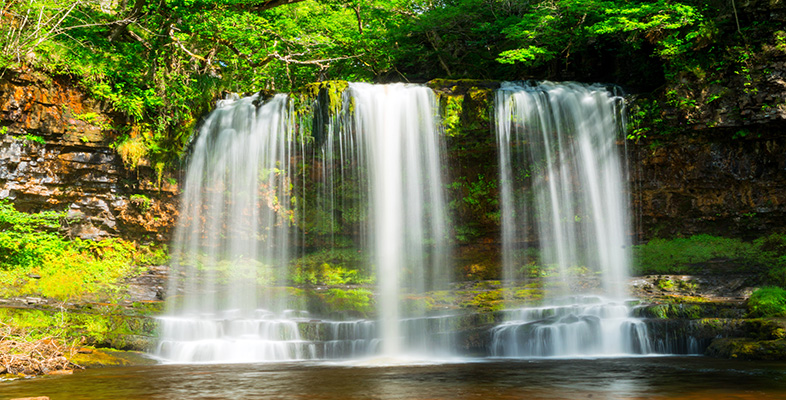Conclusion
This free course, Environment: understanding atmospheric and ocean flows, has presented evidence showing that even apparently remote regions on Earth are intimately connected through physical processes. For example, once an organic POP is transported to the poles, biological processes can take over and through bioaccumulation perhaps cause harm. But this physical connection has allowed the ice to preserve unique proxy records of the past climate of our planet.
Directly measuring the gases trapped in the ice has enabled histories of past atmospheric CO2 and methane concentrations to be compiled, and it is now known that the current atmospheric CO2 concentration is higher than at any time in the last million years.
It is remarkable to think that agricultural history has been established only over the last 10 000 years or so, when the ice cores show that the climate has been uncharacteristically stable. However, humans are likely to have been affecting the climate for at least half of that time, and the Arctic is now warming at a higher rate than almost all of the rest of the planet. Observations show that there are already significant regional changes that humans and animals will have to adapt to. Through feedback processes these regional changes will affect us all.
This OpenLearn course is an adapted extract from the Open University course U116 Environment: journeys through a changing world [Tip: hold Ctrl and click a link to open it in a new tab. (Hide tip)] .
